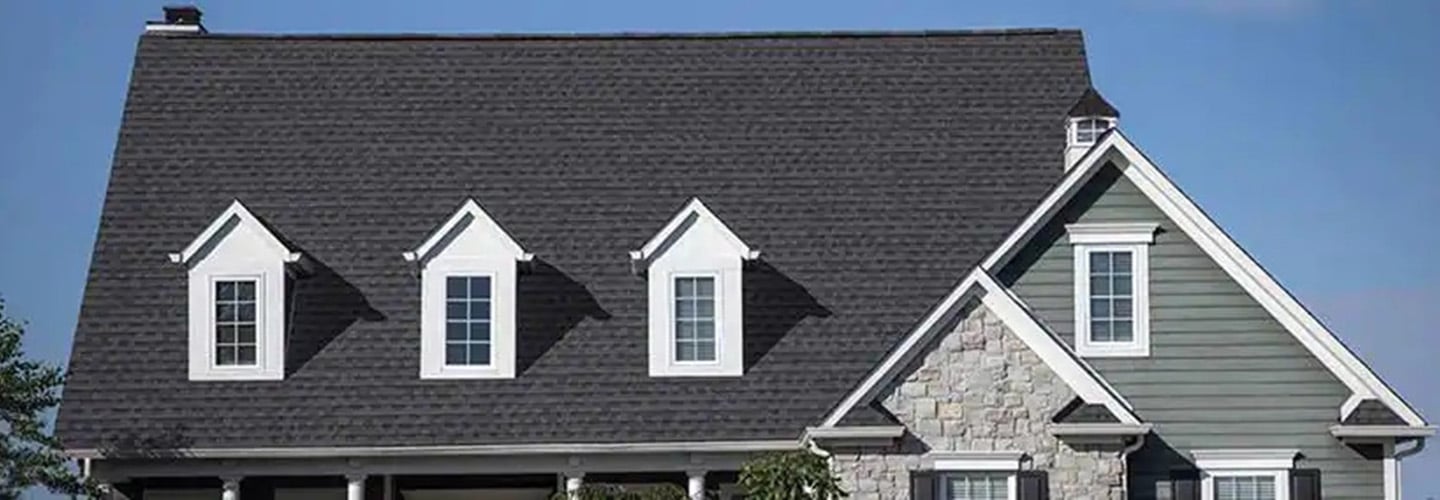
The Ultimate Guide to Installing Roofing Shingles
09/19/2023
Throughout history, roofing has experienced a significant expansion. Just think about human history and roofs – our ancestors first lived in caves, and after that, they had to find various materials that would protect them from the weather. This is really impressive if you think about it; they had to create something out of nothing, and they didn’t even know if it would work.
At that time, installing shingles was somewhat simple because shingling a roof required almost no knowledge. However, as humanity developed, so did roofing materials. The first evidence of roofs is attributed to the age of the Romans, who used concrete to build one of the most popular architectures known today – the Pantheon. After that significant moment, roofing has been growing and expanding until it developed into the roofing we know today. Have you ever thought about how to put shingles on a roof? You’re in luck because this blog post will help you understand the process!
Process of Installing a New Shingle Roof
Today’s roofs not only protect houses from various weather conditions but also serve another function. That function is aesthetics. If you have a beautiful house, it is almost impossible to have a roof that doesn’t match the design of your house, and many homeowners are careful when choosing a new shingle roof. Thankfully, since the roofing industry has risen to new heights, homeowners can transform their curb appeal with a myriad of shingle materials and styles available.
How to Install Roof Shingles
It’s said that preparedness is key, and they’re not wrong. So, why is it so important to have everything ready before you start? The answer is simple. If you prepare everything you need before starting any project, including installing shingles, it will be easier to get the job done. This means you won’t have to constantly climb down from your roof and look for the tools you’re missing, but you will have everything at your fingertips already.
Preparation Is Key in Such Demanding Tasks
Roofing is not as easy as it may seem for several reasons. First, when installing shingles, you have to blend skills, experience, and precision. Second, not every roof is the same, so you also have to understand the different materials and techniques used. Because of that, if you’re just starting, the best course of action would be to have everything prepared so that you can avoid potential errors that may occur. What we mean by preparing everything is that you should have all the necessary tools that you’ll need, as well as protection equipment so you don’t injure yourself.
Recommended tools for every roofer:
- Hammer
- Chalk line
- Measuring tape
- Roofer’s knife
- Pallet knife
- Nail gun
- Safety harness
- Gloves and goggles
Keep in mind that these are some of the essentials, but there are more tools that you might need. Apart from the equipment, you should also check the forecast because it’s in your best interest to work on a roof installation when it’s not too hot nor too cold. In addition, roofing materials shouldn’t be installed until the roof deck has been checked.
Deck protection layer
First you will be installing a combination of roof underlayments which essentially are a special layer under the roofing material. This layer acts as a defense against dampness in the form of vapor.
Prepare the Base
Creating the foundation for placing roof shingles involves preparing the surface and ensuring its structural integrity. This foundational work sets the stage for the successful installation of the shingles. This process involves:
- Sheathing (Plywood, tongue and groove, etc.)
- Drip edge
- Underlayment installation
- Valley preparation
- Chalk lines for shingle placement
- Ventilation
Shingle Installation From Bottom Up
Installing roofing shingles is a step-by-step process that brings a roof to life. First, a waterproof layer goes down, providing protection against rain. Next, starter shingles are carefully positioned along the eaves and rake edges to create a solid base. Then come the main shingles, laid row by row each overlapping the one below. With nails, you’ll secure them in place and continue the pattern upwards. Finally, you’ll place ridge shingles on top, covering the peak and giving the roof a finished look.
Who to Call if You Don’t Have Enough Knowledge or Experience in the Roofing Sector? Fortified Roofing Is Here to Address All of Your Roofing Needs!
It’s always best to leave any kind of job that you’re not familiar with to the professionals that have crafted and polished their skills throughout the years. Even though roofing might seem like a task that would take a few days to complete, without proper understanding, it could last week or months instead.
That’s why if you’re unsure, contact Fortified Roofing. We’ve been in the business since 2001 and our reputation shines for providing impeccable service. We’re not your typical run-of-the-mill or “jack of all trades” contractors. At Fortified Roofing we’re proud to be part of the elite 3% of GAF Master Elite certified contractors, setting us apart from the rest. From Bensalem, PA, to the surrounding areas, we’re your trusted go-to roofers for any roofing task.
Call us today, and don’t hesitate. Work with the best roofing company in Bensalem, PA!
